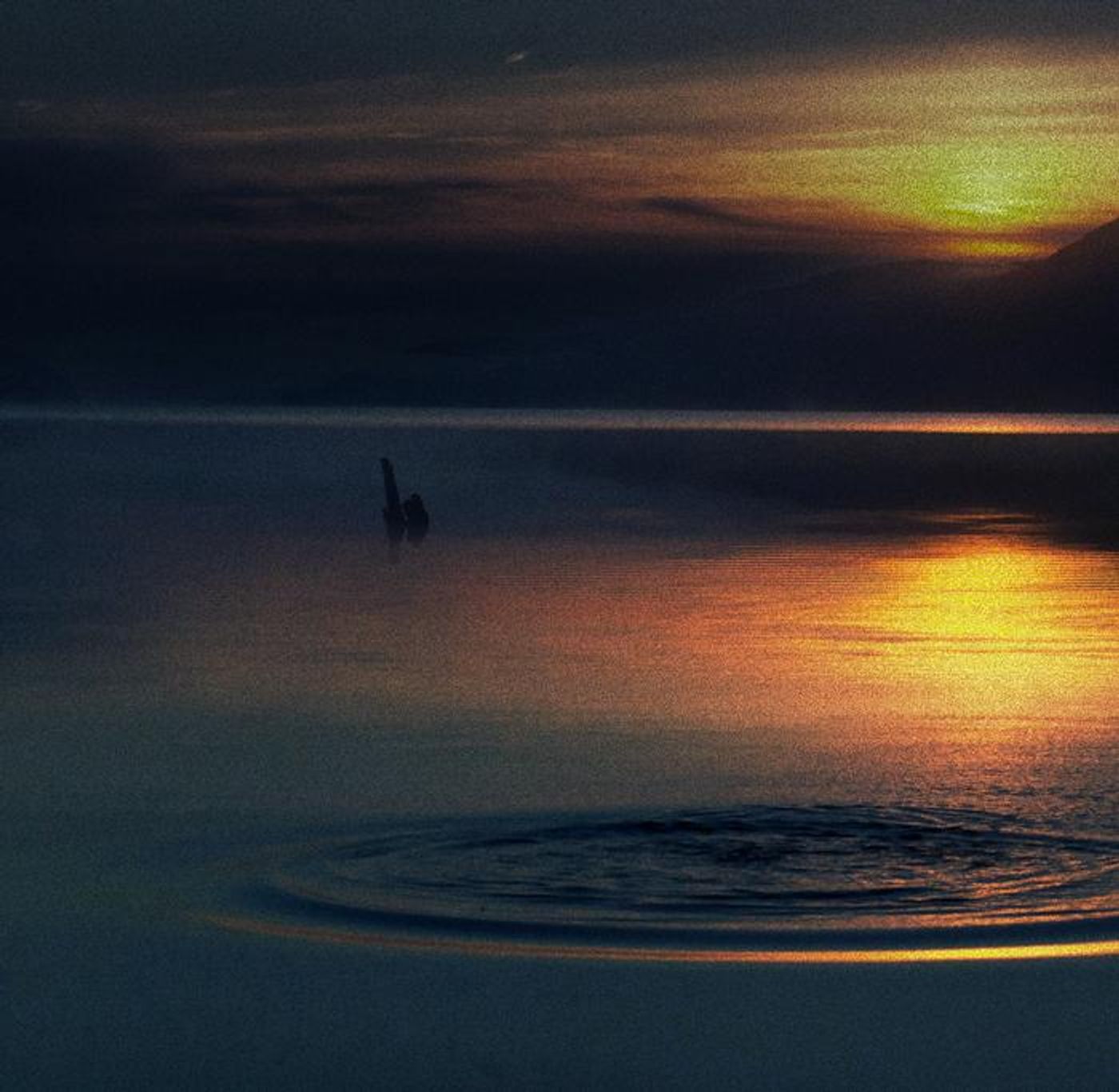Loch Ness Monster Unlikely to Be a Giant Eel, New Study Finds
A recent study published in JMIRx Bio examines the longstanding “eel hypothesis” to explain the size of the famous Loch Ness monster, also called “Nessie”, based on data from catching eels throughout the Loch Ness waters and freshwater bodies throughout Europe, as well. This study was carried out by Floe Foxon of the Folk Zoology Society and holds the potential of helping both scientists and the public better understand the mystery behind the famous monster.
Image of Loch Ness lake located in the Scottish Highlands with a water ripple in the foreground and mysterious object in the background. (Credit: JMIR Publications)
For the study, Foxon worked with the Loch Ness Investigation Bureau and examined mass distribution data from 129 European eels (Anguilla anguilla) between 1970 and 1971. The study’s findings estimated a 1 in 50,000 probability of confronting a 1-meter (3.24-feet) eel in the water of Loch Ness, along with having a near-zero probability of finding an eel slightly Larger than 1 meter, and an almost absolute-zero probability of finding an eel in Loch Ness measuring 6 meters (20 feet) in length.
“In this new work from the Folk Zoology Society, a much-needed level of scientific rigor and data are brought to a topic that is otherwise as slippery as an eel,” said study author Floe Foxon. “Contrary to popular conception, the intersection between folklore and zoology is amenable to scientific analysis and has the potential to provide valuable insights into anthrozoological phenomena. This work also champions open access science and nontraditional publishing—the future of scientific publication.”
The mystery of the Loch Ness monster dates as far back as 564 AD based on a 7th century biography of St. Columbia, which described a monster on the verge of attacking a man before Columbia stopped it. However, the legend didn’t come to life until the 1930s when a husband and wife reported seeing the monster while driving along the loch’s north shoreline. This was followed by the famous “surgeon’s hoax” of 1934 which was a grainy black and white photograph supposedly of the now famous monster but was disproven later.
This study establishes a mathematical relationship for the likelihood of explaining the mystery of the Loch Ness monster, which could bring both scientists and the public one step closer to solving one of the world’s longstanding and intriguing mysteries.
As always, keep doing science & keep looking up!
Sources: JMIRx Bio, Britannica, Encyclopedia.com, EurekAlert!, National Geographic, The Inverness Courier, The Museum of UnNatural History









